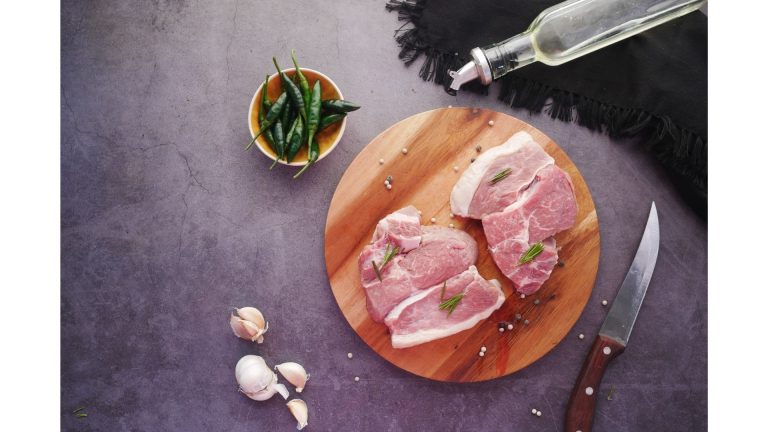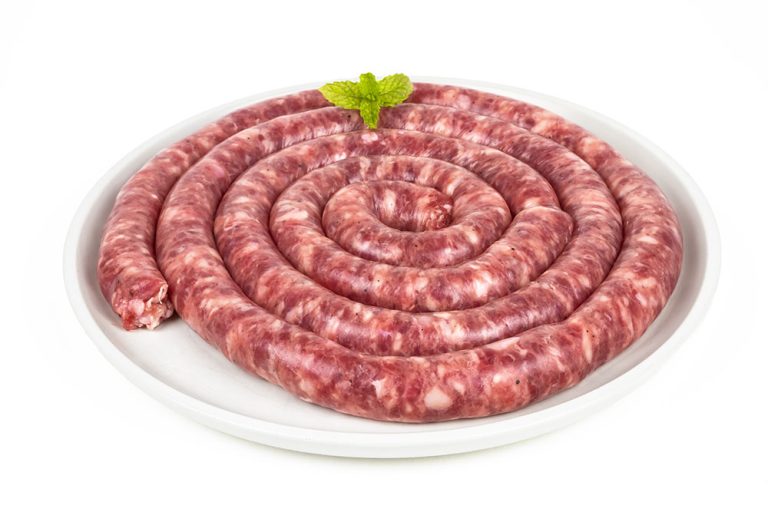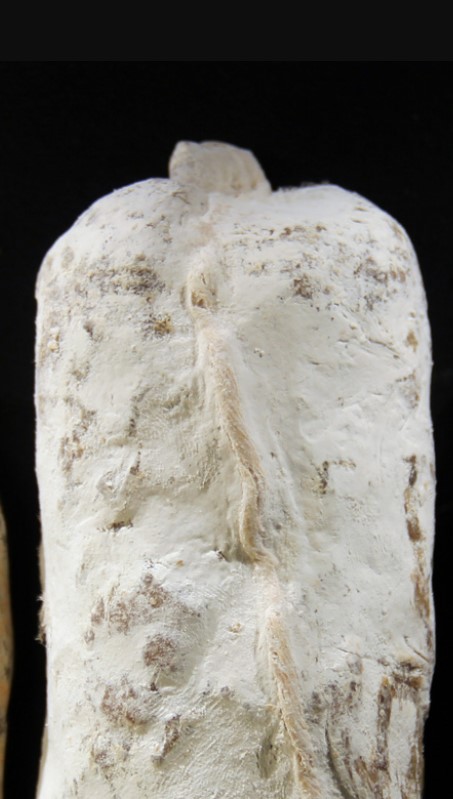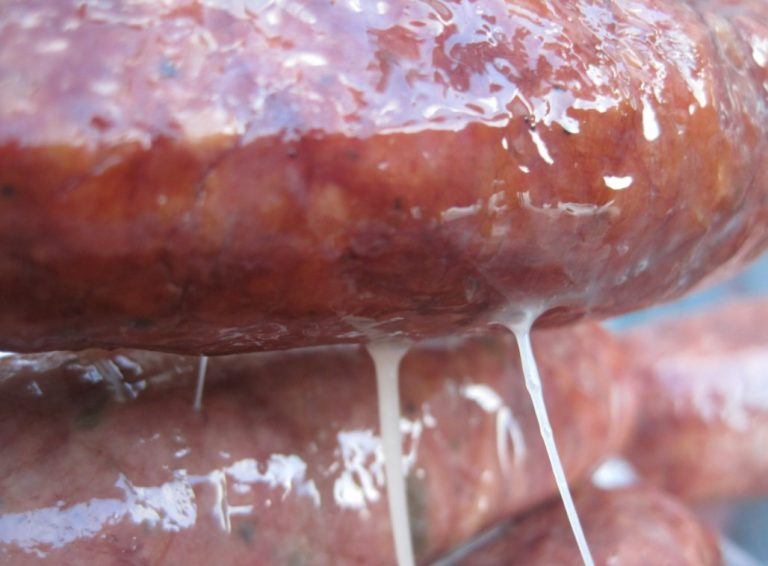Is Chorizo Made From Lymph Nodes?
Have you been surprised by what you find when you read the ingredients list?
When it comes to pre-packaged sausage and hot dogs, there is a bit of uncertainty surrounding the ingredients.
There are things like a pig snout, salivary glands, and even lymph nodes that we hear about.
Chorizo is a type of Spanish sausage, typically made from ground pork mixed with various spices, herbs, and sausages.
It is not made from salivary glands, though it is possible to find chorizo made from these glands. The main ingredient of chorizo is pork.
When it comes to these strange ingredients, many wonder if they are made by the body’s immune system.
The short answer is yes, but it is important to remember that not all of the chorizo is made from the lymph nodes.
It depends on how you are getting it, whether you are making it yourself or buying it from a store.
Table of Contents
What is Chorizo?
Chorizo is a spicy pork sausage that is seasoned with herbs and spices. It is used in various Mexican dishes.
In Spanish-speaking countries, it is generally called “chorizo de morcilla.”
In Mexico, it is often referred to as “Chilango” or “Chilango del Norte.” In Puerto Rico, it is known as “Chilaquito” or “Chorizo.
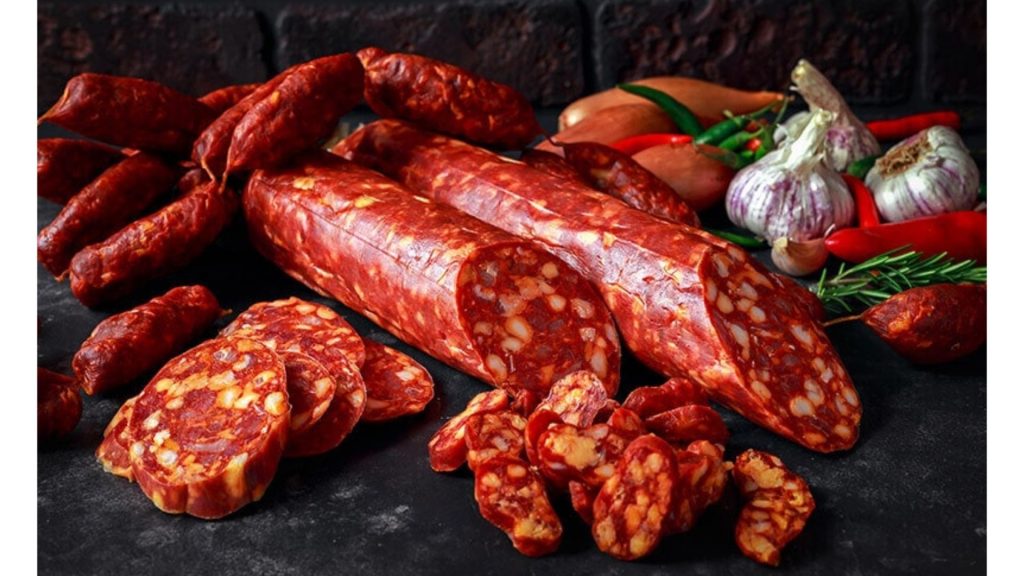
What’s the Difference Between Spanish and Mexican Chorizo?
Spanish chorizo is made with more fat than the Mexican variety. It is a thicker cut of meat, but it is smoked, which helps it keep better for long periods.
Mexican chorizo is usually made from coarsely ground pork. It doesn’t have to be smoked, but it must be very well-seasoned and not dry.
You should only eat Spanish chorizo when you’re cooking or eating on the same day you purchase it.
What Is Chorizo Made Of?
Chorizo is a sausage that is made of pork and has origins in both Spain and Mexico. Chorizo from Spain is dried and cured and can be smoked or eaten as a snack.
Chorizo from Mexico is made fresh, then fully cooked, and is usually spicy. Spanish chorizo is more ground than Mexican, while the meat in Mexican is more finely chopped.
Chorizo is a type of sausage with a lot of seasoning. Mexican chorizo is made with red chili peppers, whereas Spanish chorizo is made with a lot of paprika.
The chorizo has a deep red color thanks to each of these seasonings. Some of the spices that can be used include garlic, cinnamon, clove, cumin, and oregano.
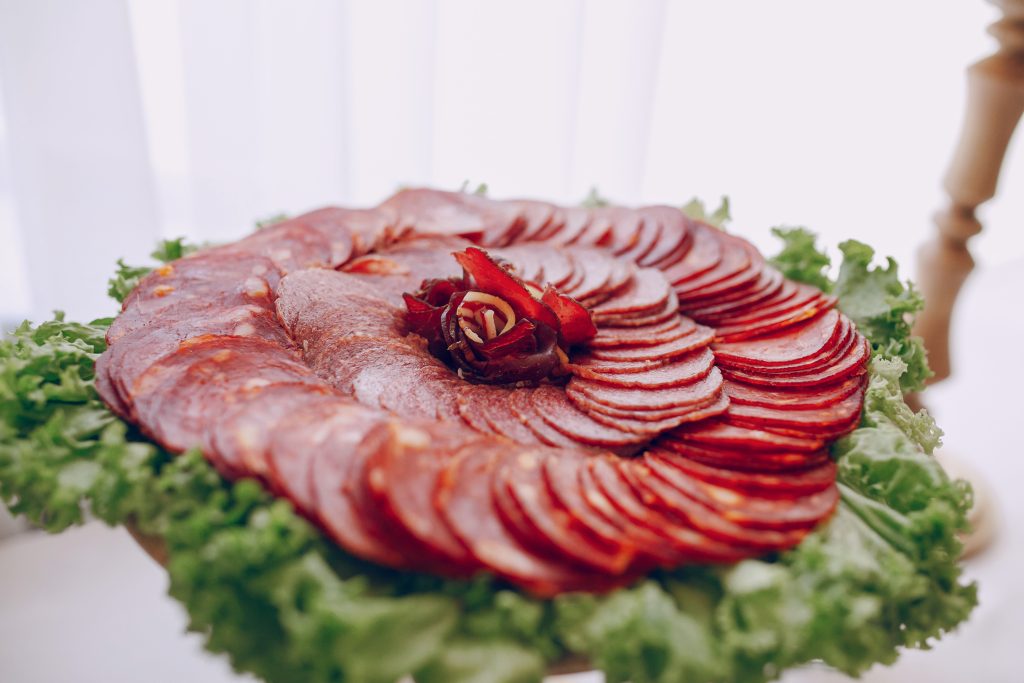
What Part of the Pig Is Chorizo Made From?
Do you know if it is chorizo pork? Like all sausage, chorizo is made from the less expensive cuts of pork, and there is no hard and fast rule as to what parts of the pig should be used.
Whether you make it yourself or buy it from the store, it’s all dependent on where you get it.
Pork butt, also known as pork shoulder or pork cheek, is the only meat ingredient in most chorizo recipes you will find at home.
Chorizo can be found in the meat aisle of your grocery store, but it can also be made with other parts of the animal, like the salivary glands.
The part of the animal used would be a question for the person you are buying it from, as far as chorizo from a grocery store meat counter or butcher goes.
I guess that since it would be fresh at either of these locations, it wouldn’t have anything to do with salivary glands. Again, if it concerns you, it is always a good idea to ask.
Is It Safe to Eat Pork Lymph Nodes?
Lymph nodes are part of a pig’s immune system, where their bodies store white blood cells and other cells that fight infections.
Lymph nodes are usually removed from pigs when they are being slaughtered for bacon. It is legal in most countries to consume these products.
Conclusion
There are parts of the pig that can be found in chorizo, but this is usually limited to commercially available chorizo.
It’s possible to control your consumption of this by being careful with how you get your food. It is always a good idea to make it yourself, so you know what you are getting.
It is possible to get it from a butcher or the meat counter of your grocery store, but be sure to ask about the ingredients before buying it.

Foodie and a passionate cook, I am here to share all of what I know about cooking, kitchen, and food prepping.
Follow me for delicious and healthy recipes.


